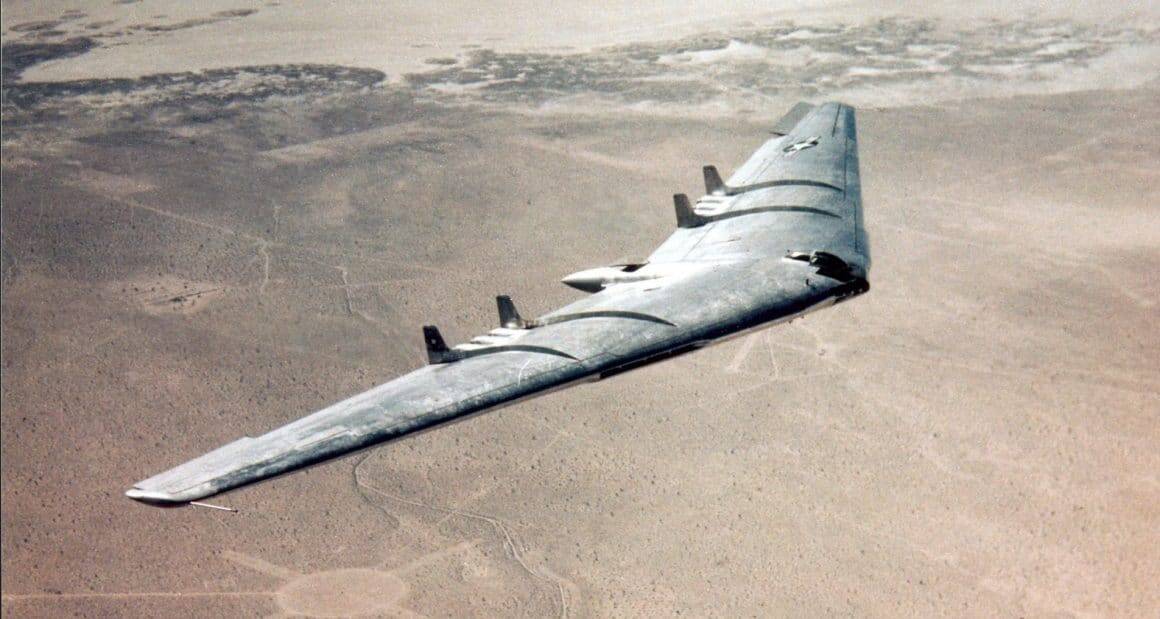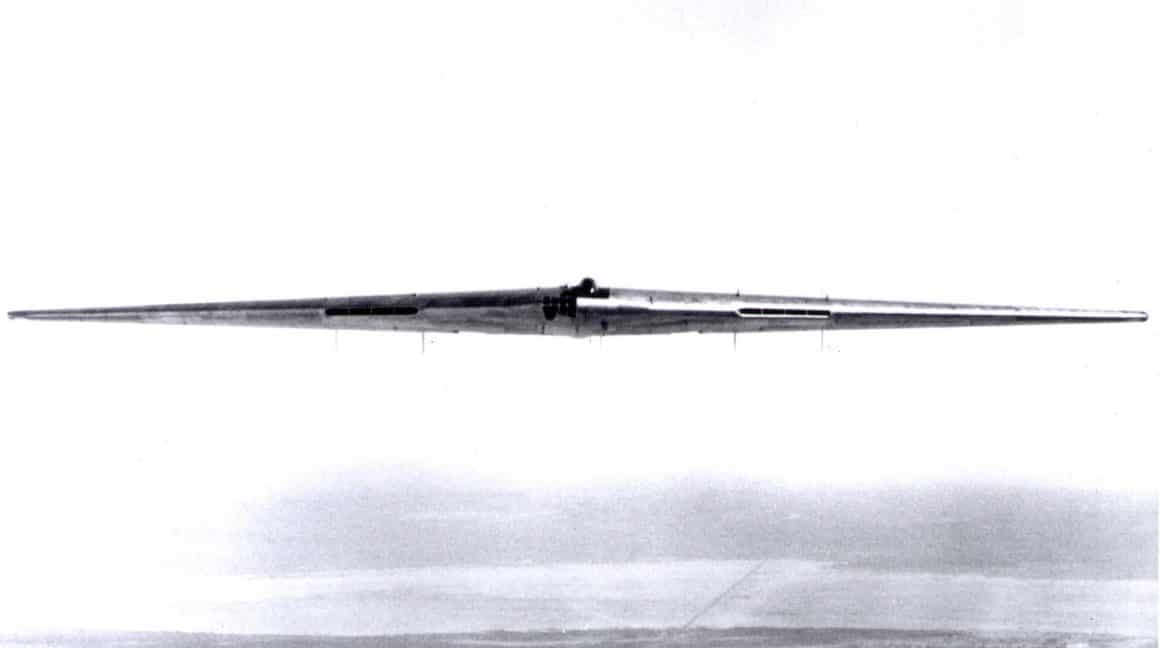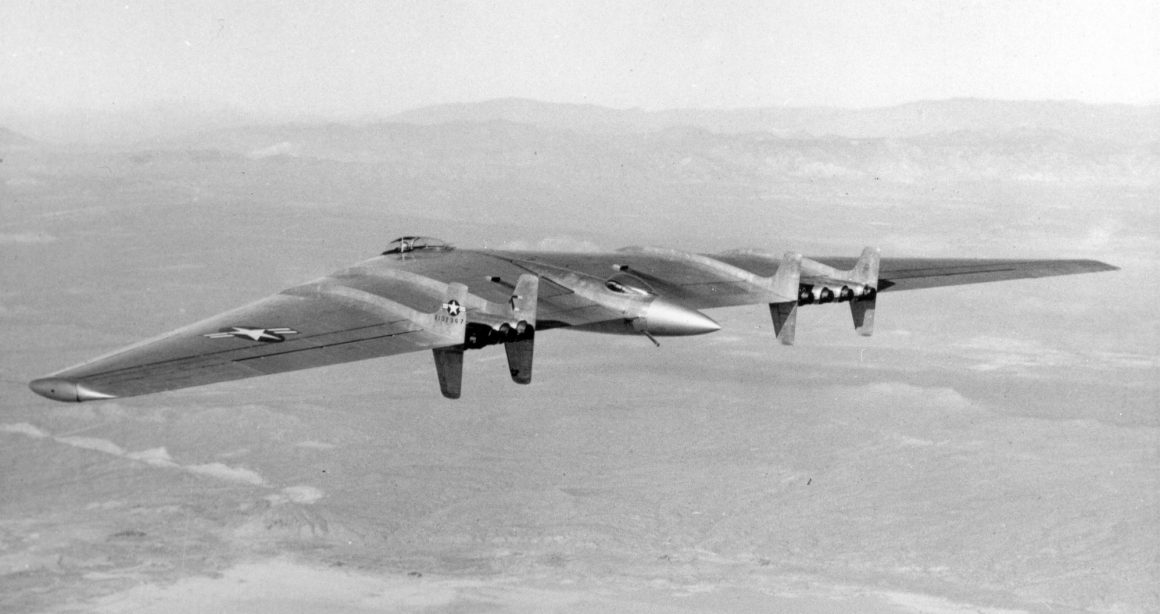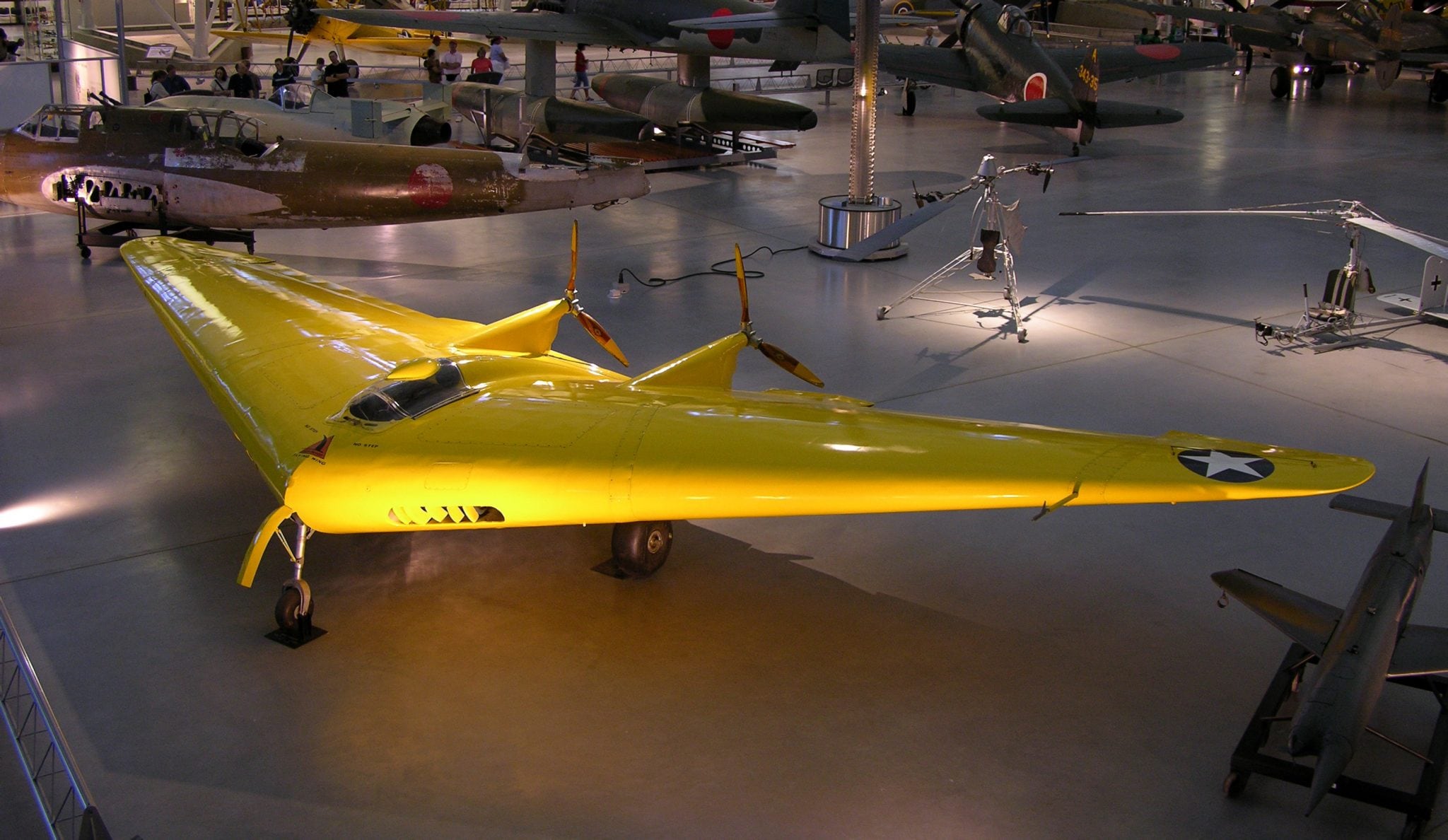The Design Concept of the Flying Wing Eventually Led to Modern-Day Aircraft.
The B-2 Stealth Bomber is a modern marvel of technology — a military aircraft that is as graceful as it is lethal. The world witnessed it in action in June 2025 as part of Operation Midnight Hammer.
While there is no direct lineage, the B-2 had a predecessor. The Northrop Flying Wing was conceived before World War II but was scrapped after the defeat of the Axis powers.
The Northrop Mind at Work
If Jack Northrop’s company and production line had been as big as his imagination and talent, his Flying Wing might have become part of the Air Force’s fleet. Northrop believed that a flying wing design would minimize drag and maximize lift.
His concept first took to the skies when the X216H in 1929. It was a combination of conventional and imagination. In 1940, Northrop’s N-1M was the first all-wing aircraft that proved such a design could maintain stable and controlled flight. (It is now on display at the National Air and Space Museum.)
Early Examples of the Flying Wing
In October 1941, the U.S. Government submitted a preliminary order to develop the B-35 Flying Wing bomber. The N-9M, a scaled-down test version, was the first model built. In total, four test aircraft were built.
While the Flying Wing could fly, developing a reliable aircraft for battle faced enormous difficulties. One of the biggest challenges was the complex propulsion system, which involved pushing and counter-rotating propellers. Another was simply building the aircraft. Northrop’s factory could only build and house one plane at a time; it was far from an assembly line.

A Novel But Impractical Design
Before the project gained any momentum, the Second World War ended. However, the Air Force was still intrigued by the concept. With the rapidly evolving development of jet engines, the Air Force requested that two B-35s under construction be modified from four-engine propeller planes to eight-jet aircraft. They were designated as YB-49s. While a single-wing bomber was possible, it wasn’t practical. Even with the change to jet engines, the YB-49 lacked the payload and the range of other planes that were in development by Convair and Boeing.

Replaced By a Couple of Legends
With defense spending being curtailed during peacetime, the YB-49 never entered production. Convair’s B-36 Peacemaker and then the venerable and still operational Boeing B-52 Stratofortress eventually became the Air Force’s long-range bombers. The scrapping of the program also led Northrop to scrap the N-9 test aircraft that had been built. But Northrop’s Flying Wing design concept lives on in the most recent American strategic bomber- the Northrop-Grumman B-2 Spirit.


